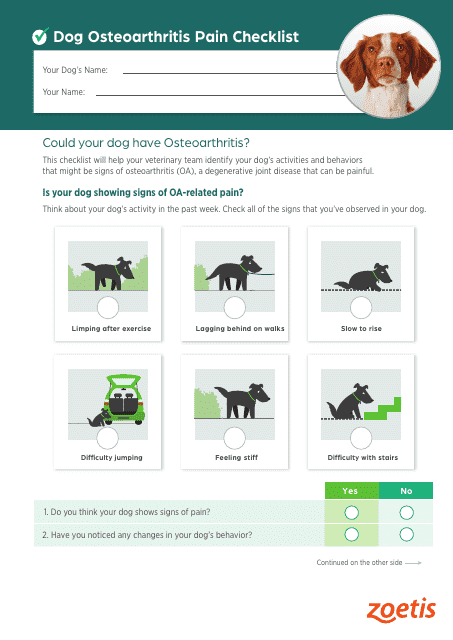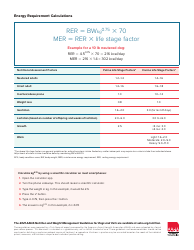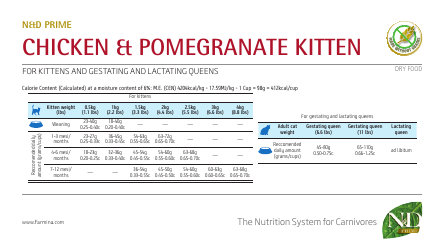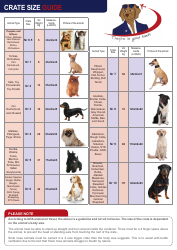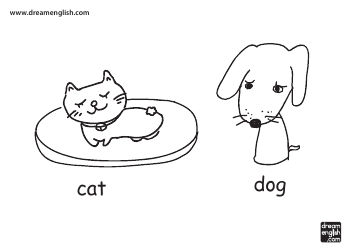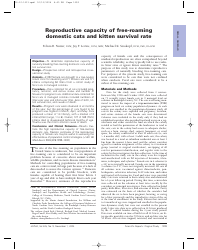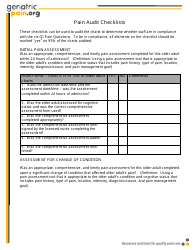Dog Osteoarthritis Pain Checklist
The Dog Osteoarthritis Pain Checklist is typically used by pet owners, breeders, and veterinarians as a means to monitor and identify signs of osteoarthritis in dogs. It is more specifically a way to track changes in a dog’s behavior and physical ability that might indicate pain or discomfort due to osteoarthritis, a common joint disease in dogs. This checklist might include noting if a dog is limping, struggling with movements like climbing stairs, showing reluctance to play or participate in physical activities, displaying irritability, or other changes in behavior. The information collected from the checklist can then help inform treatment options or changes in care.
The Dog Osteoarthritis Pain Checklist is typically filled out by pet owners or veterinarians. This document is used to track the progress of a dog's osteoarthritis and evaluate the level of pain that the dog may be experiencing. It is an important tool in managing the health and well-being of dogs suffering from this condition.
FAQ
Q: What is dog osteoarthritis?
A: Dog osteoarthritis, also known as degenerative joint disease (DJD), is a chronic condition affecting a dog's joints. The disease is characterized by the deterioration of the cartilage in the joints, leading to pain and loss of function.
Q: What are the symptoms of osteoarthritis in dogs?
A: Symptoms of osteoarthritis in dogs can include limping or lameness, difficulty moving, reluctance to exercise, stiffness, especially after rest, abnormal posture, swelling in joints, loss of muscle mass, and behavioral changes due to pain.
Q: What causes osteoarthritis in dogs?
A: Osteoarthritis in dogs can result from the natural aging process, especially in large or overweight dogs. Other factors that can cause the condition include joint abnormalities, injury or trauma to the joint, and genetic predisposition.
Q: How can you diagnose a dog with osteoarthritis?
A: A diagnosis of osteoarthritis in dogs is typically made by a vet based on a combination of the dog’s symptoms, medical history, a physical exam, and possibly X-rays or other imaging tests.
Q: What is the treatment for osteoarthritis in dogs?
A: Treatment for osteoarthritis in dogs can include pain management through medications like nonsteroidal anti-inflammatory drugs (NSAIDs), dietary management, physical therapy, joint supplements, acupuncture, and in some cases, surgery.
Q: Can osteoarthritis in dogs be prevented?
A: While osteoarthritis in dogs can't be completely prevented, especially if it is due to aging or genetics, steps can be taken to reduce a dog's risk. This can include maintaining a healthy weight, regular exercise, and feeding a balanced diet. In some cases, preventative joint supplements may also be recommended.
Q: Can a dog live a normal life with osteoarthritis?
A: With proper management and treatment, many dogs with osteoarthritis can live a good quality life. This usually includes a combination of pain management, diet control, and physical therapy.
